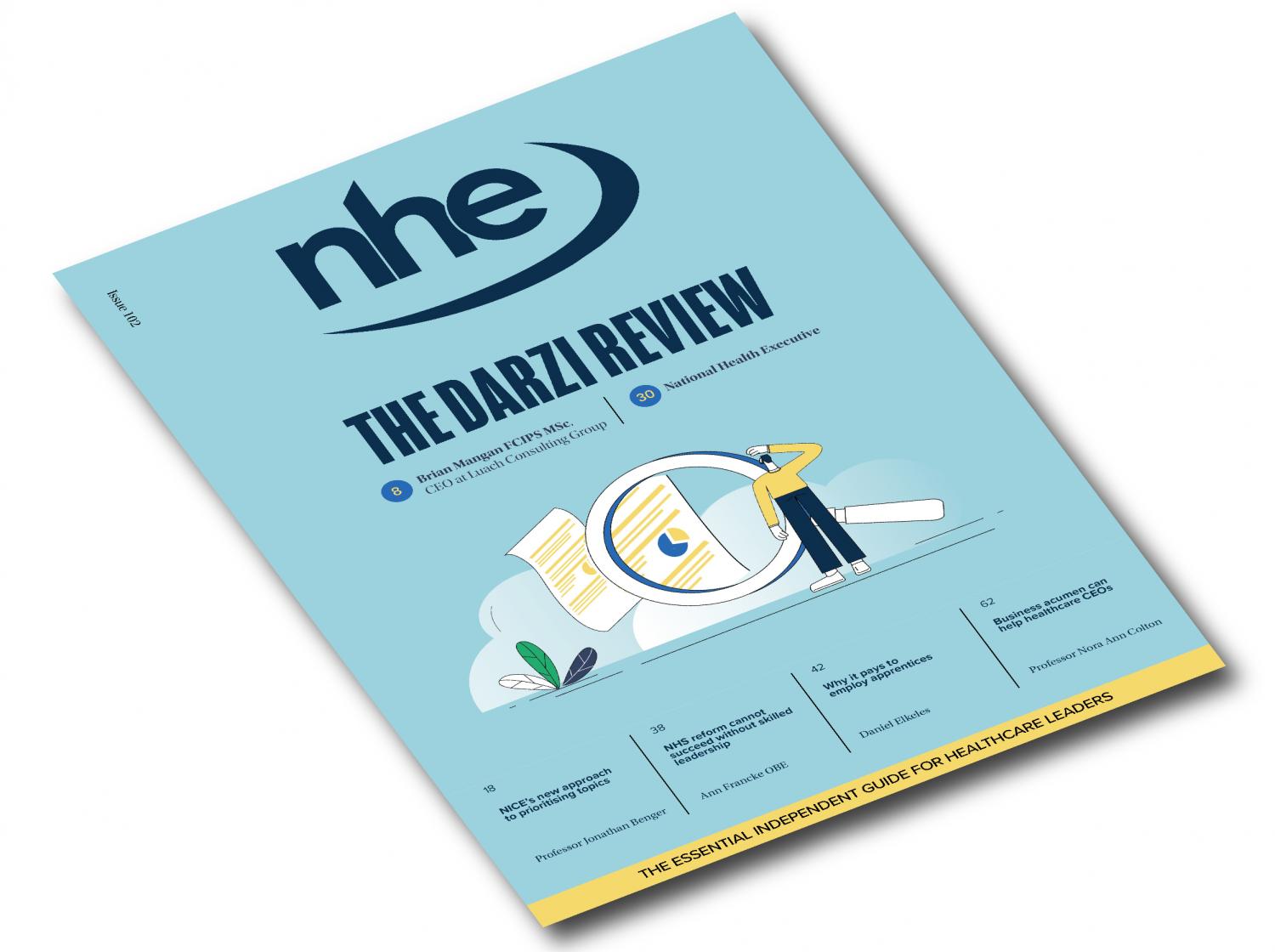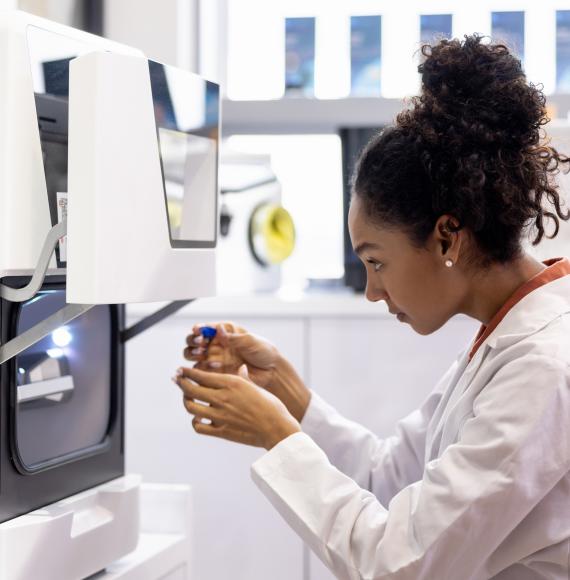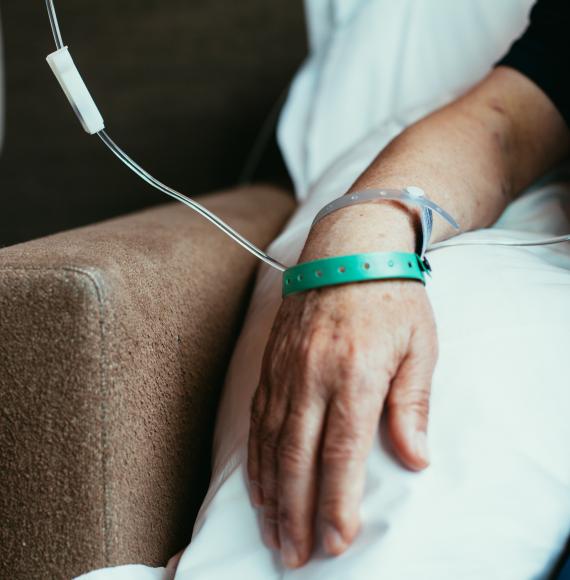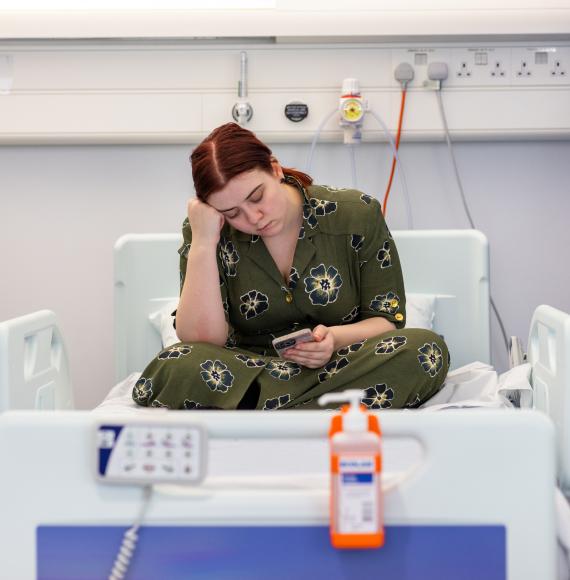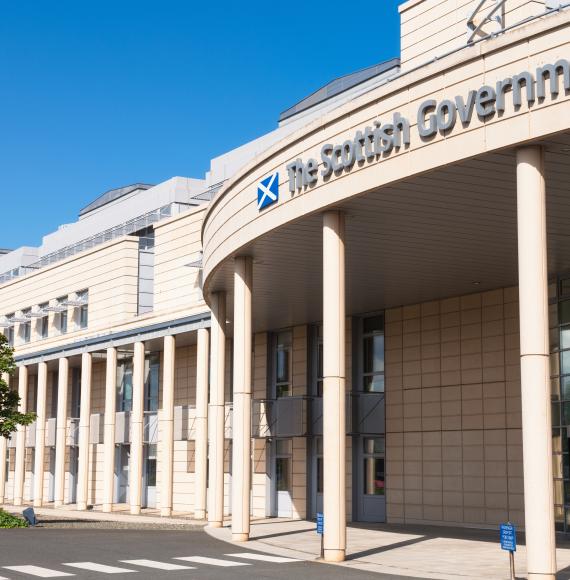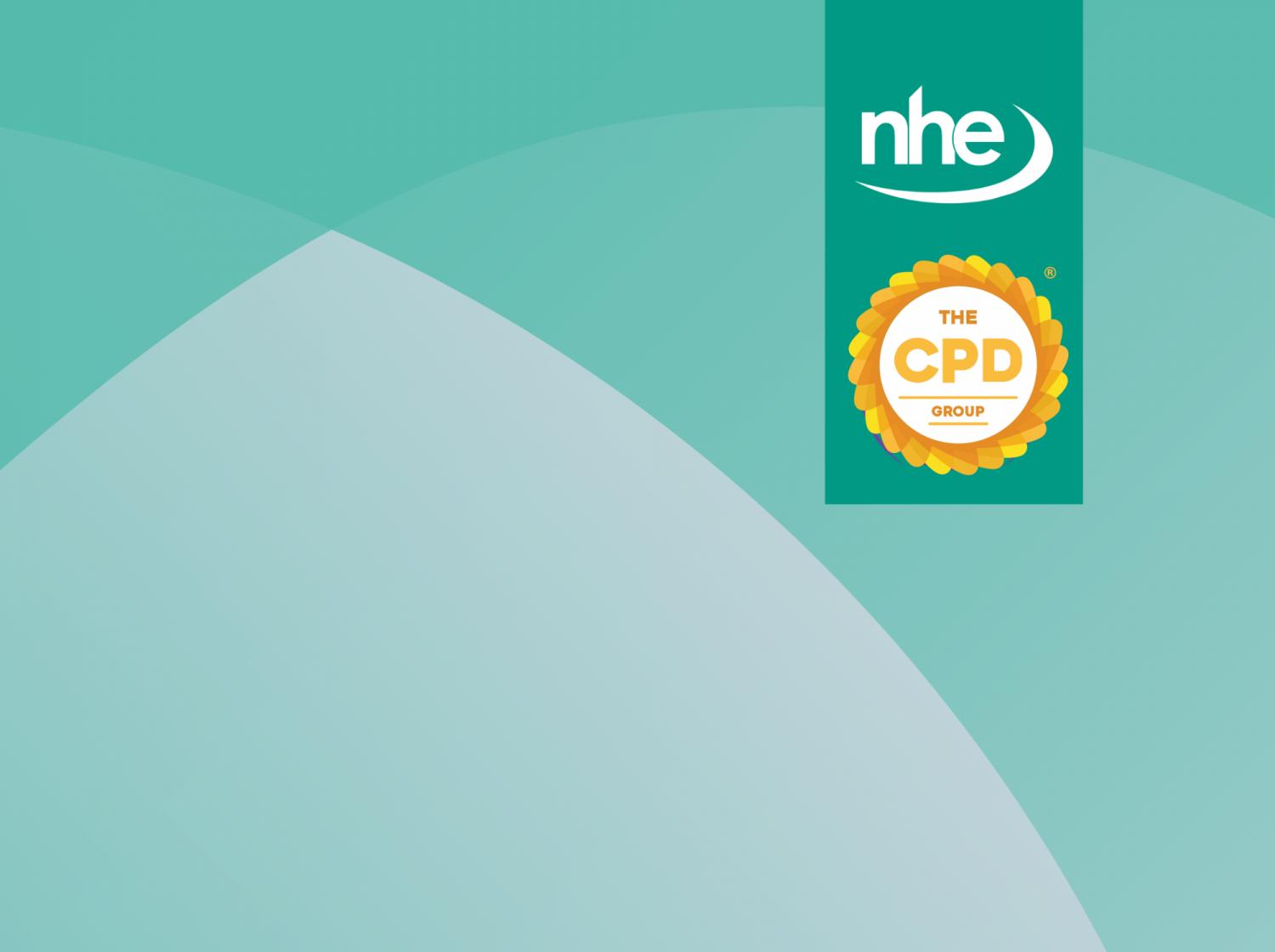An NHS Digital report has shown that the five-year cancer survival rate for zero- to 12-year-olds has increased to 85.2 percent in 2019, an increase from 76.9 percent in 2022.
Child cancer survival rates also increased across one-year survival rates and 10-year survival rates
In 2019, childhood cancer accounted for 0.3 percent of all new cancer diagnoses, the majority being leukaemia, malignant neoplasms of the brain and non-Hodgkin lymphoma.
The report has collated data from the National Cancer Registration and Analysis Service (NCRAS) and provides data on survival rates in adults who were diagnosed between 2015 and 2019 as well as children who were newly diagnosed between 2022 and 2019.
Geographical deprivation and survival rate can be linked through the report as it finds that the net survival rate of those living in the most deprived areas is lower than those living in less deprived areas.
In adults, skin cancer has the highest 5-year age standardised net survival rate at 94.8 percent compared to mesothelioma which had a 5-year survival rate of just 6.3 percent.
Despite positive figures for child cancer survival rates, Health Secretary, Sajid Javid last week announced the “war on cancer” in a new 10-year-cancer plan.
Javid announced a call for evidence to support the plan which will form part of the NHS Long Term Plan.
The focus will be placed on early intervention and diagnosis and commits to diagnosing 75 percent of cancers at stage one and stage two of 2028.
This comes after figures showing that between April and November last year, 290,428 people with possible cancer symptoms did not come forward.
Sajid Javid said: “There’s a common consensus and this came through in the round table, there is a common consensus that one of the most important ways of making an impact on cancer outcomes is early diagnosis.
“The majority of deaths from cancer come because we sadly catch it too late, like my father. Detecting the disease early can save time, save money, but most importantly, can save lives.
“It is likely that early stage diagnoses have reduced over the past 18 months due to the pressures of the pandemic but we’ve taken steps to get us moving in the right direction”.



